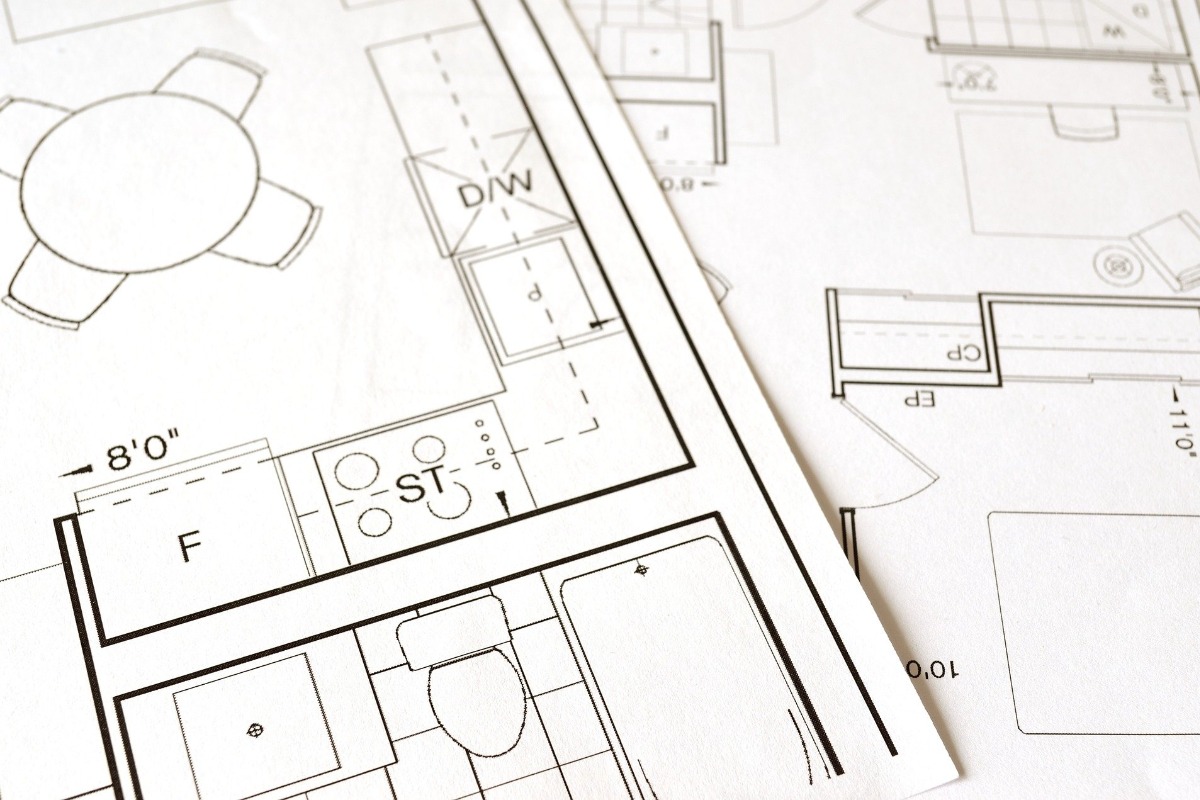
A house that sounds roomy and spacious online may actually have 800 of its total square feet contained in a four-foot-tall dirt-floor basement. What’s up with that? In cities like Washington DC , homebuyers are often confused about the square footage discrepancy between what’s listed and what they see on tour.
So why can square footage information be misleading? It turns out the American National Standards Institute (ANSI) guidelines on how to calculate a home’s square footage may be considered the standard, but there are no official laws that govern this process. Since the rules aren’t governed, some listing agents just post their best guess on a home’s square footage. As a result, buyers and their agents often have to investigate. In addition, some Multiple Listing Services (MLS) report all finished and unfinished square footage of a house as a single number, adding to the confusion.
If you love a home, does it matter if the 2,000 square foot charmer turns out to be 1,600 square feet? When it comes time for you to sell, 400 fewer feet in measurement can impact the price substantially, since square footage is used to determine a home’s market value . Read on to learn how to calculate the square footage of a house.

To understand how the square footage of a house is measured, start by referring to your city’s building department records. Many city and county records are now available online, which makes getting this information much easier than it used to be. Some updates – like unpermitted remodeling – may not be reflected in the records, but it will still provide a good baseline estimate.
Then, familiarize yourself with basic ANSI guidelines for calculating square footage for single-family homes. Practices can vary slightly from market to market, but these rules apply to most areas in the country: